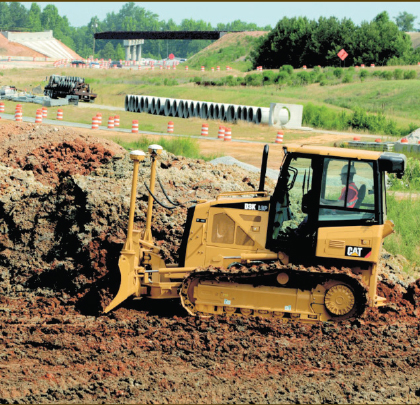Now for some good news in government contracts law. On February 11, 2014, a three-judge panel of the Federal Circuit reversed the Court of Federal Claims decisions in Metcalf Constr. Co. v. United States, 102 Fed. Cl. 334 (2011) (Metcalf I) and Metcalf Constr. Co. v. United States, 107 Fed. Cl. 786 (2012) (Metcalf II). The case has been remanded for further proceedings and application of the correct legal standards.
SPECIFIC TARGETING
The main issue on appeal in Metcalf was the legal standard applicable to contractor claims that the government breached its duty of good faith and fair dealing. The Court of Federal Claims concluded that the decision in Precision Pine and Timber, Inc. v. United States, 596 F.3d 817, 829 (Fed. Cir. 2010) requires proof of specific targeting—that government actions were “specifically designed to reappropriate the benefits” of a contract. Incompetence and failure to cooperate are not enough.
The Federal Circuit rejects this analysis. “The trial court misread Precision Pine, which does not impose a specific-targeting requirement applicable across the board or in this case.”
The Federal Circuit’s opinion in Metcalf also rejects the government’s attempt to limit the scope of the duty of good faith and fair dealing. Citing Precision Pine, the government argued that the duty of good faith and fair dealing “cannot expand a party’s contractual duties beyond those in the express contract or create duties inconsistent with the contract’s provisions.” In its appellate brief, the government urged a broad application of that language that would almost always preclude a good faith and fair dealing claim. Citing its interpretation, the government argued that Metcalf’s claim must fail because it could not “identify a contract provision that the Navy’s inspection process violated.”
That argument went nowhere with the Federal Circuit. According to the court’s decision, the government’s interpretation “goes too far: a breach of the implied duty of good faith and fair dealing does not require a violation of an express provision of the contract.”
DIFFERING SITE CONDITIONS
A secondary but nevertheless important issue in Metcalf involves the risk-shifting function of the Differing Site Conditions clause, FAR 52.36-2. The contract required Metcalf (as the design-builder) to conduct its own investigation of the site during performance, and the pre-bid site inspection report warned that it was for “preliminary information only.” The trial court cited these facts to support its conclusion that Metcalf was “on notice” that the pre-bid representations were incomplete. According to the trial court, Metcalf could rely on the pre-bid site representations “for bidding purposes,” but not to support a claim under the Differing Site Conditions clause.
According to the Federal Circuit, the trial court’s approach misinterprets the risk allocation imposed by the Differing Site Conditions clause. “The natural meaning of the representations was that, while Metcalf would investigate conditions once the work began, it did not bear the risk of significant errors in the pre-contract assertions by the government about the subsurface site conditions.”
Indeed, the court points out the fact that the Differing Site Conditions clause is incorporated into the contract specifically to accomplish this risk-shifting function:
[The Differing Site Conditions clause] exists precisely in order to “take at least some of the gamble on subsurface conditions out of bidding”: instead of requiring high prices that must insure against the risks inherent in unavaoidably limited pre-bid knowledge, the provision allows the parties to deal with actual subsurface conditions once, when work begins, “more accurate” information about them can reasonably be uncovered. [Slip Op., at 19 (quoting Foster Constr. C.A. & Williams Bros. Co. v. United States, 435 F.2d 873, 887 (Ct. Cl. 1970)).]
As to the impact of the phrase “for preliminary information only,” the court concludes that it is not an effective disclaimer. “That statement merely signals that the information might change. It does not say that Metcalf bears the risk if the “preliminary” information turns out to be inaccurate.”
The case is being remanded to the Court of Federal Claims for further proceedings.
■ ■ ■
[divider]
About the Author: Brian P. Waagner is a partner in the Washington, D.C., office of the national law firm Husch Blackwell. A Real Estate, Development and Construction attorney, Brian focuses his practice on the litigation and arbitration of contract disputes. A significant portion of his work involves representing contractors on federally funded projects. Brian can be reached at 202.378.2355 or brian.waagner@huschblackwell.com. For more information, visit www.huschblackwell.com.
Modern Contractor Solutions, MAY 2014
Did you enjoy this article?
Subscribe to the FREE Digital Edition of Modern Contractor Solutions Magazine!


